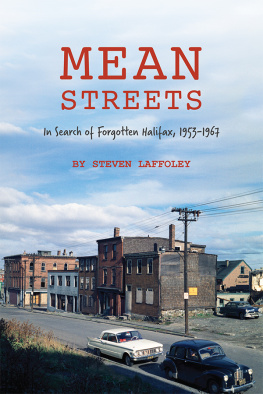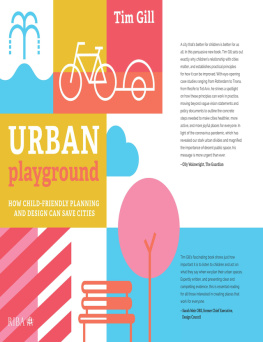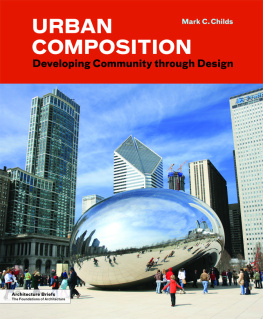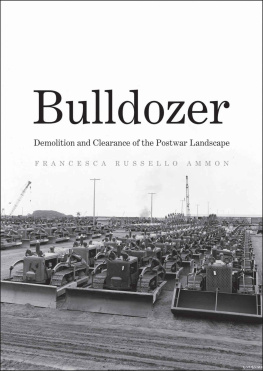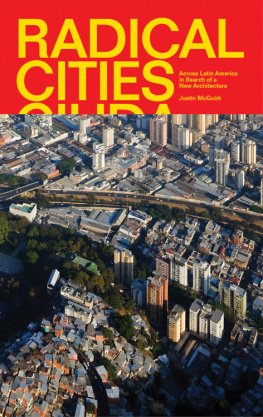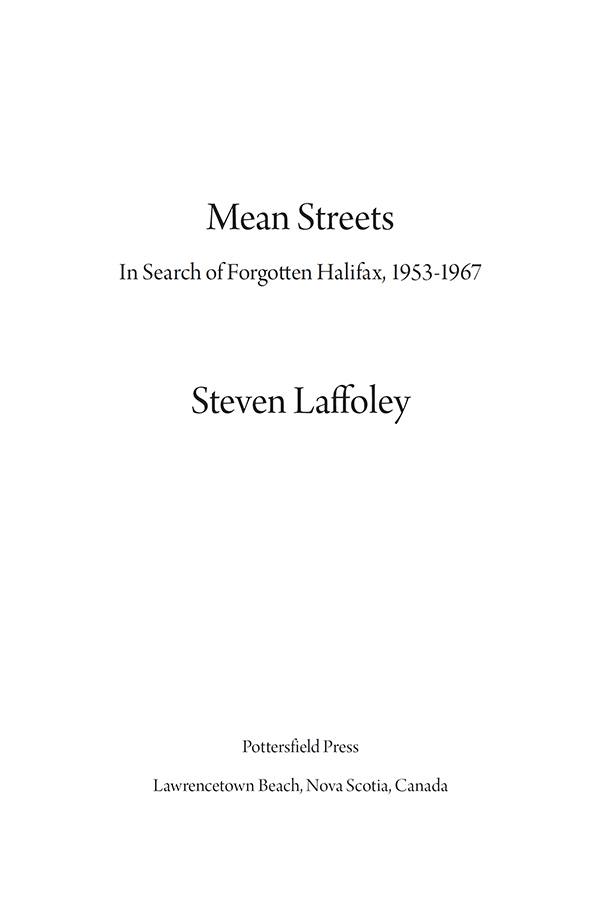Steven Laffoley - Mean Streets: In Search of Forgotten Halifax, 1953-1967
Here you can read online Steven Laffoley - Mean Streets: In Search of Forgotten Halifax, 1953-1967 full text of the book (entire story) in english for free. Download pdf and epub, get meaning, cover and reviews about this ebook. City: Lawrencetown Beach, year: 2020, publisher: Pottersfield Press, genre: History. Description of the work, (preface) as well as reviews are available. Best literature library LitArk.com created for fans of good reading and offers a wide selection of genres:
Romance novel
Science fiction
Adventure
Detective
Science
History
Home and family
Prose
Art
Politics
Computer
Non-fiction
Religion
Business
Children
Humor
Choose a favorite category and find really read worthwhile books. Enjoy immersion in the world of imagination, feel the emotions of the characters or learn something new for yourself, make an fascinating discovery.
- Book:Mean Streets: In Search of Forgotten Halifax, 1953-1967
- Author:
- Publisher:Pottersfield Press
- Genre:
- Year:2020
- City:Lawrencetown Beach
- Rating:4 / 5
- Favourites:Add to favourites
- Your mark:
Mean Streets: In Search of Forgotten Halifax, 1953-1967: summary, description and annotation
We offer to read an annotation, description, summary or preface (depends on what the author of the book "Mean Streets: In Search of Forgotten Halifax, 1953-1967" wrote himself). If you haven't found the necessary information about the book — write in the comments, we will try to find it.
Following the Second World War, a new generation of politicians and planners across North America set out to reimagine their cities. With great verve and vision, they conceived of brave new urban landscapes filled with elevated highways, modern housing, thriving businesses, and engaging public spaces. All it would take, they said, was a deep collective capacity to dream and a determined willingness to wipe away the past.
And the idea caught on.
With great enthusiasm, these politicians and planners set out to realize their grand vision. They proposed that cities tear down great swaths of their aged, derelict, and decaying homes; destroy antiquated, dilapidated buildings; and tear up sordid streets in an effort they called slum clearance. Of course, these slums were also communities often populated by the most vulnerable members of the city, the desperately poor and people of colour, those who had little power to make their own decisions and determine their own fate. The whole process was called urban renewal.
By the late 1950s, Halifax?s movement for urban renewal became a cresting wave that ultimately wiped away whole neighbourhoods that had stood witness to two hundred years of history. And when the urban renewal wave finally retreated, what was left behind were new spaces like Scotia Square, Mulgrave Park, Cogswell Interchange, and Uniacke Square, among others. But just as often only memory was left of a good many of the communities of Halifax, including Africville. After discovering some fascinating photographs taken before the urban renewal, award-winning author Steven Laffoley set off in search of a city that existed before the slum clearance of the 1960s, to see what was, in fact, gained and what was lost in the destruction of Halifax?s mean streets.
Steven Laffoley: author's other books
Who wrote Mean Streets: In Search of Forgotten Halifax, 1953-1967? Find out the surname, the name of the author of the book and a list of all author's works by series.

